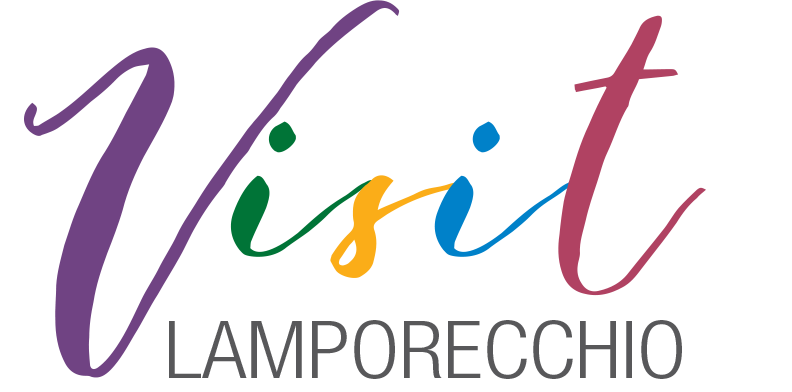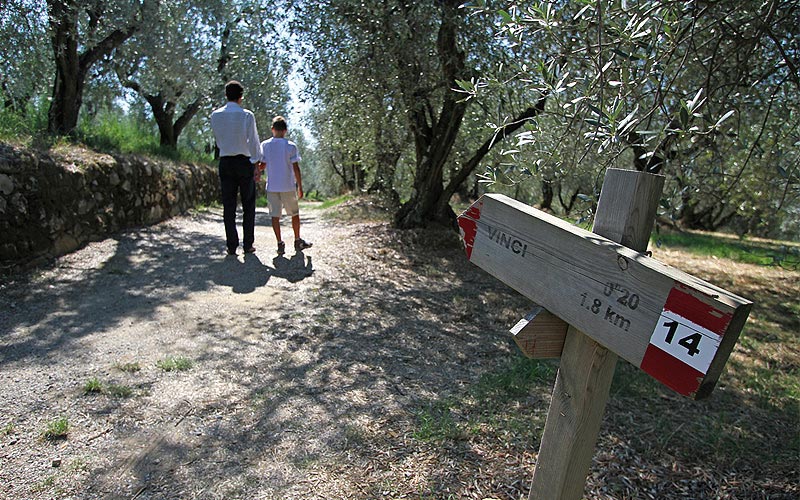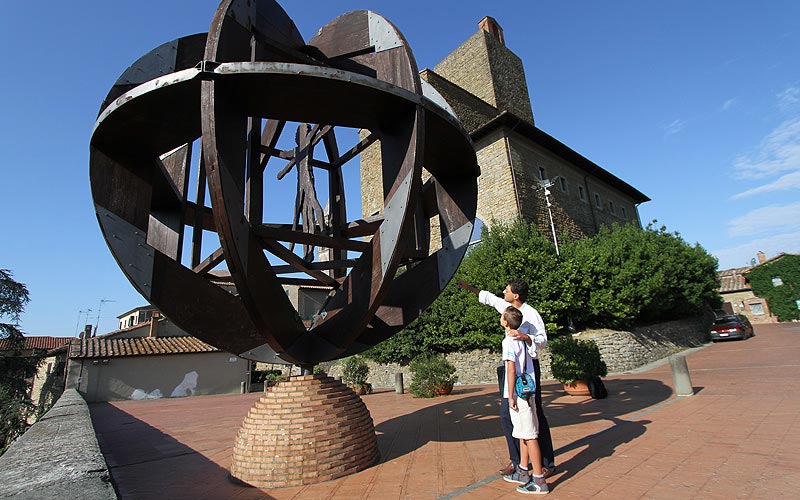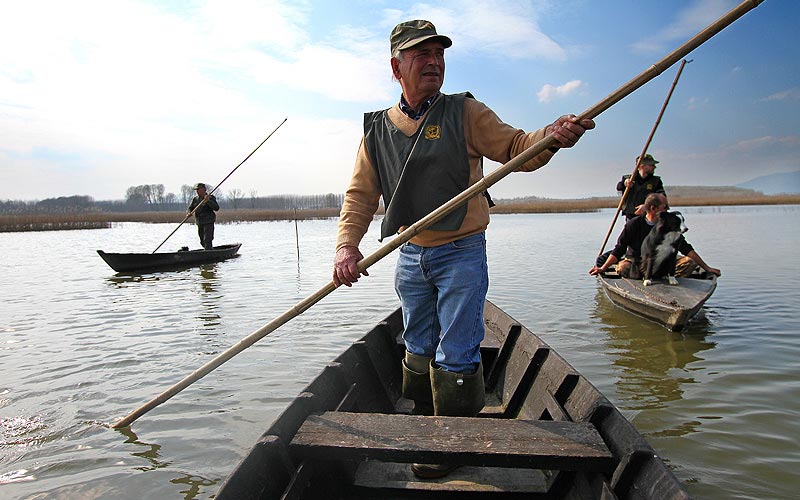
Surroundings
Vinci
The genius of Leonardo was born and grew up on the slopes of this village surrounded by vineyards, olive groves and terracings with dry stone walls. Nowadays, between medieval alleys and amazing landscapes, Vinci offers the visitor several places dedicated to its famous citizen: the Leonardo Museum, with the biggest and precious collection of models and inventions by Leonardo, the birthplace in Anchiano (just 3 km from Vinci) and the Leonardo Library which represents a study and research centre internationally recognised. In the heart of the historic centre there are the Counts Guidi Castle and the Church of Santa Croce which preserves the old baptismal font where, according to the story, Leonardo was baptized.
Montecatini Terme
Famous for its thermal therapeutic waters, Montecatini Terme is also the city of Liberty which stands out in the elegant Terme Tettuccio, an eighteenth century building. There are several green areas to walk but there’s also space for art: the Mo.C.A (Montecatini Contemporary Art) houses important works of art like the Woman wrapped in a flight of birds by Mirò. A historic funicular railway connects Montecatini Terme to the nice village of Montecatini Alto, three hundred metres above sea level.
Pistoia
City of Roman origin, Pistoia is preciously enclosed by mountains and plant nurseries. The historic centre, to discover on foot, is overlooked by the marvellous Piazza del Duomo and architectural beauties like the Palazzo Comunale, the Cathedral and the bell tower of San Zeno, the Baptistery and the Bishops’ Palace. Piazza della Sala has got typical restaurants and old food shops while for a journey in the past it’s possible to follow the itinerary of Pistoia Underground. In 2017 Pistoia received the important designation as Italian Capital of Culture, a chance which is creating several appointments dedicated to culture in all its expressions.






